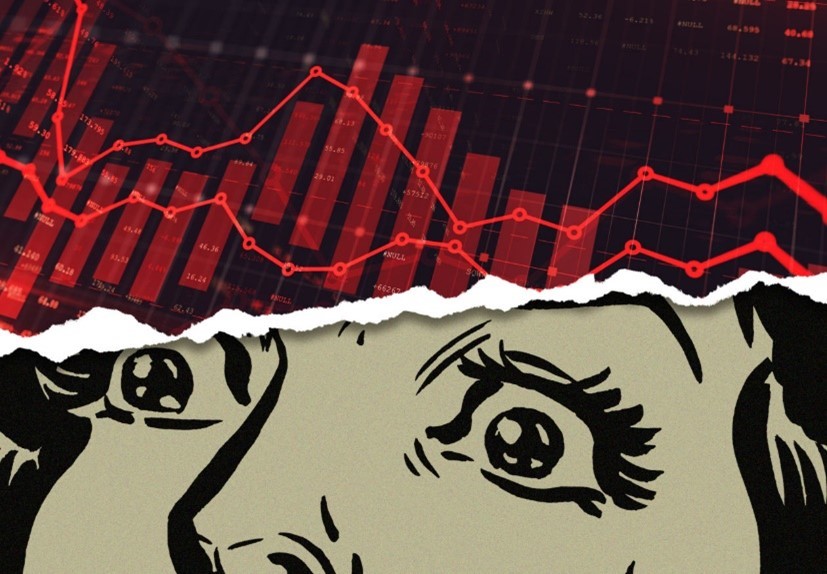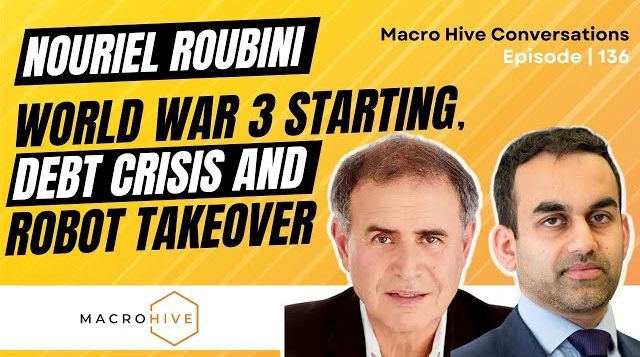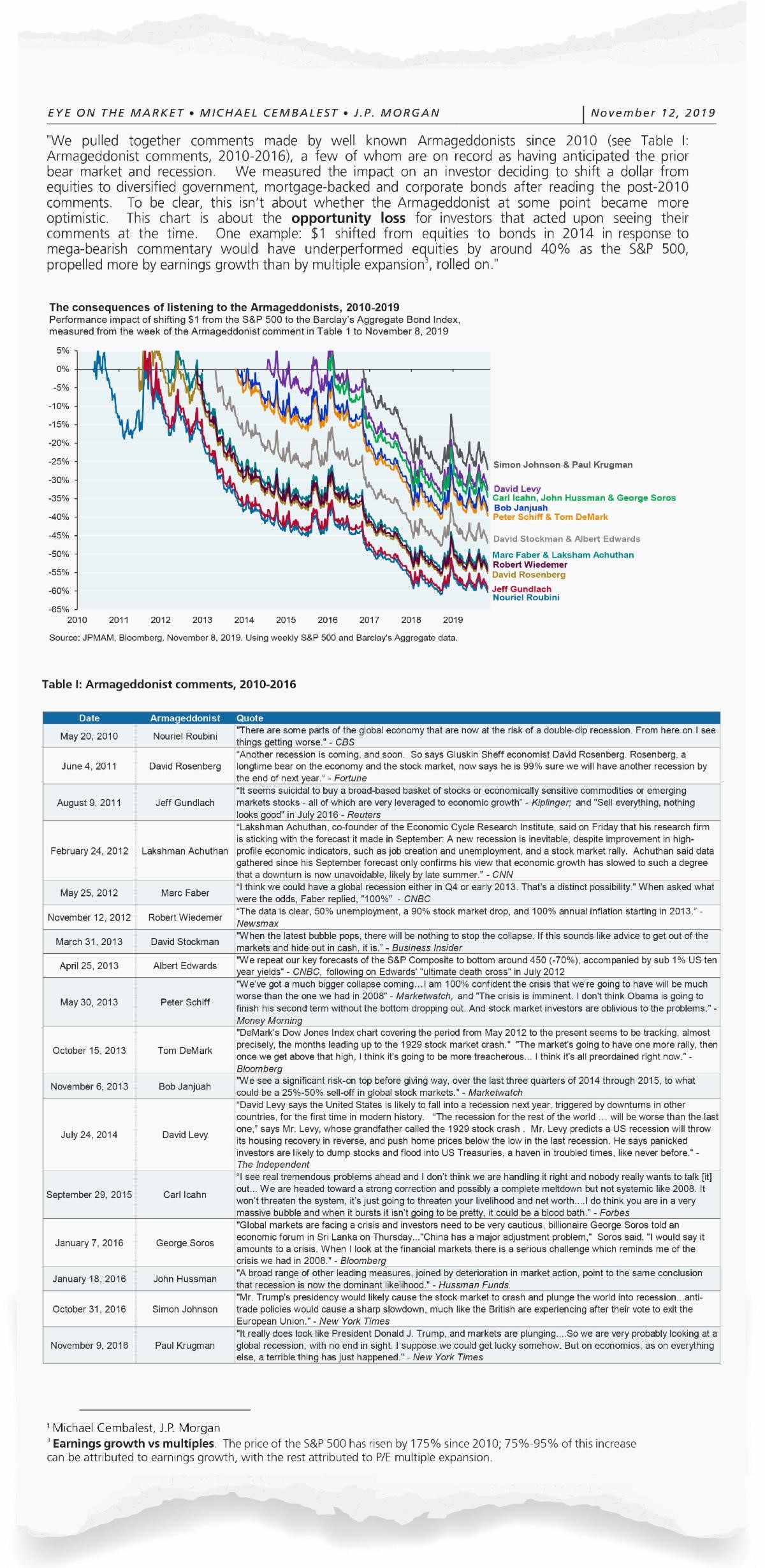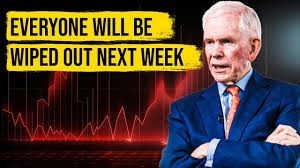The Business of Doom:
How Fear Sells in Financial Media

Source: MarketWatch Photo Illustration/iStockphoto
Financial markets run on emotion—and no emotion moves money faster than fear. Every time volatility ticks up, a familiar cast of “doomsday gurus” emerges from the shadows, shouting warnings of imminent collapse. Marc Chaikin, Nouriel Roubini, Jeremy Grantham—these names have become synonymous with financial pessimism. But don’t mistake them for prophets. They’re businesspeople. And their business is fear.
Selling Panic, One Prediction at a Time
These so-called experts have built thriving brands by monetizing anxiety. Whether it's through newsletters, books, consulting, or market “research” subscriptions, their success doesn’t come from being right—it comes from being loud when investors are most vulnerable. And with market volatility rising, expect them to crank up the volume.Fear as a Business Model
When markets are calm, fearmongers fade into the background. But the moment volatility returns—like now—they flood your screens with urgent messages. Why? Because scared investors are more likely to open their wallets. Take Marc Chaikin, for example. His ads are everywhere, often disguised as news articles, warning of sudden market disasters only his Power Gauge Report can help you survive. Roubini, dubbed “Dr. Doom,” made his name calling the 2008 crash—but he’s spent every year since predicting more collapses that never came, cashing in through books and consulting. Then there’s Grantham, whose relentless crash calls may not sell subscriptions, but do boost media coverage and bolster his asset management firm’s contrarian branding.

Dated: April 13, 2023

Source: Macro Hive | YouTube
The Cost of Listening to Armageddonists
One of our favorite pieces we've come across in recent years is an article by Michael Cembalest of J.P. Morgan. In the snippet below, he highlights remarks from some of the most well-known market doomsayers and explores the potential financial impact of following their advice.1

The Real Danger: Investors Who Act on Fear
While the fear-peddlers profit, everyday investors pay the price. Here's how:
- Selling out of the market during a decline due to scary predictions
- Spending hundreds—or thousands—on fear-based research
- Sitting on the sidelines during powerful market rallies

Source: Jeremy Grantham, “Jeremy Grantham Strongly Bets That We’re Headed for a Crash That Will Change Everything,” Rumble, February 28, 2024.
And now, with volatility back in the headlines, the fear factory is revving up again. You’ll see more “urgent warnings,” more “legendary investors” forecasting doom, and more expensive subscriptions claiming to protect you from financial ruin.
But ask yourself: if their predictions were truly reliable, would they be spending their time selling subscriptions and email lists?
How to Spot (and Dodge) the Hype
Next time you come across a dramatic forecast, pause and ask:
- Are they selling something—subscriptions, books, advisory services?
- Have they been consistently right—or just consistently negative?
- Is their message designed to inform—or to scare you into action?
- Are they cherry-picking their “wins” to look more credible?
Financial markets are naturally volatile, and downturns are part of the journey. But reacting to fear-driven headlines or relying on doom-and-gloom “experts” can be more harmful than the downturns themselves.
Reality Check
The chart below highlights how sticking to core investment principles—like long-term focus, diversification, patience, and rational decision-making—will lead to far better outcomes than reacting emotionally to market noise.

Source: First Trust, Bloomberg. Data from 12/31/1969-12/31/2024. Past performance is no guarantee of future results. This chart is for illustrative purposes only and not indicative of any actual investment. The S&P 500 Index is an unmanaged index of 500 companies used to measure large-cap U.S. stock market performance. Investors cannot invest directly in an index. Index returns do not reflect any fees, expenses, or sales charges. Stocks are not guaranteed and have been more volatile than the other asset classes. These returns were the result of certain market factors and events which may not be repeated in the future.
Despite all the global events since 1970, the S&P 500 has delivered an average annual total return of 10.92%. Staying invested and disciplined through the ups and downs has consistently proven to be the best strategy.
Principle Wealth
